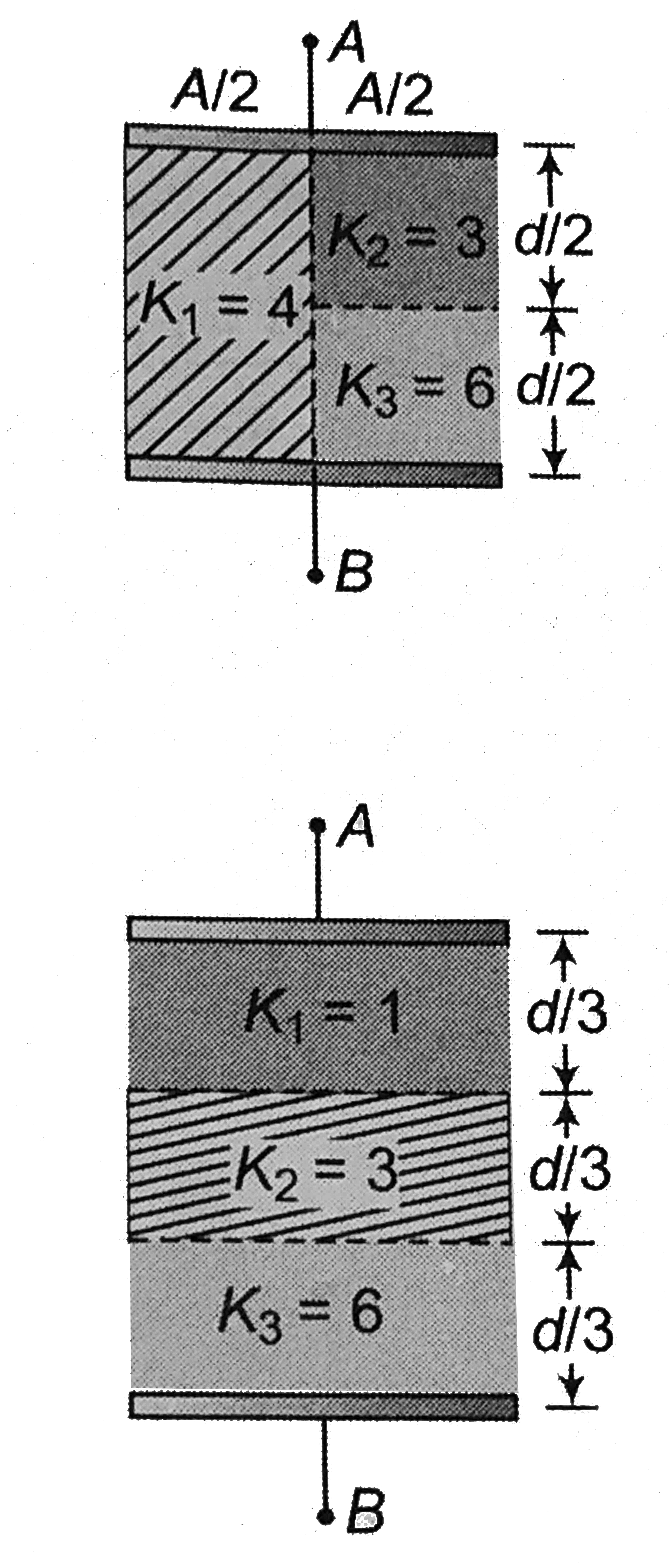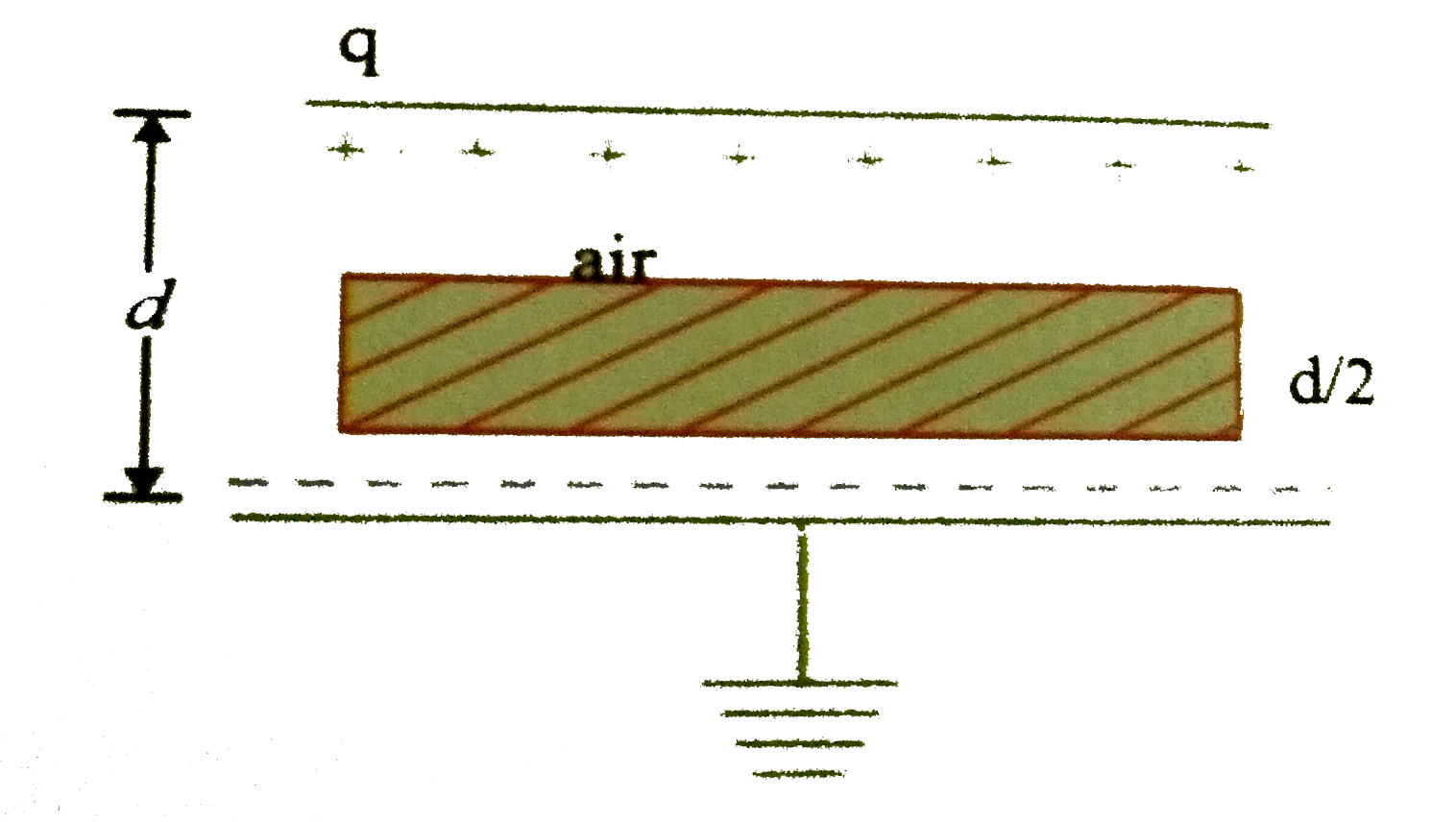An opaque ball of diameter D=40mm is placed between a source of light with wavelength λ=0.55μm and a photographic plate. The distance between the source and the ball is equal to a=12m and that between the ball and the photographic plate is equal to b=18m. find:
(a) the image dimension y' on the plate if the transverse dimension of the source is y=6.0mm,
(b) the minimum height of irregularities, covering the surface of the ball at random, at which the ball obstructs light.
Note: As calculations and experience shown, that happens when the height of irregularities is comparable with the width of the Fresnel zone along which the edge of an opaque screen passes.
If a point source is placed before an opaque ball, the diffraction pattern consists of a bright spot inside a dark disc followed by fringes. The bright spot is on the line joining the point source and the cnetre of the ball. When the object is a finite source of transverse diamension y, every point of teh source has its corresponding image on the line joining that point and the centre of the ball. Thus the trasverse dimension of the image is given by
y'=bay=9mm.
(b) The minimum height of the irregularities covering the surface of the ball at random, at which the ball obstructs light is according to the note at the end of the problem, compareble with the width of the Fresnel zone along which the edge of opaque screen passes.
So hmin≈Δr
To find Δr we note that
r2=kλaba+b
or 2rΔr=DΔr=λaba+bΔk
Where D= diameter of disc (=diameter of the last Fresnel zone) and Δk=1
Thus hmin=λabD(a+b)=0.099mm.
Topper's Solved these Questions
- OPTICSBook:IE IRODOV, LA SENA & SS KROTOVChapter:OPTICSExercise:Polarization Of Light
Explore 43 Videos
- OPTICSBook:IE IRODOV, LA SENA & SS KROTOVChapter:OPTICSExercise:Dispersion And Absorption Of Light
Explore 24 Videos
- OPTICSBook:IE IRODOV, LA SENA & SS KROTOVChapter:OPTICSExercise:Interference Of Light
Explore 33 Videos
- MECHANICSBook:IE IRODOV, LA SENA & SS KROTOVChapter:MECHANICSExercise:Mechanics Problems
Explore 92 Videos
- OSCILLATIONS AND WAVESBook:IE IRODOV, LA SENA & SS KROTOVChapter:OSCILLATIONS AND WAVESExercise:Electromagnetic Waves, Radiation
Explore 36 Videos
Similar Questions
A point source of light with wavelength λ=0.50μm is located at a disatnce a=100cm in front of a diaphragm with round aperture of radius r=1.0mm. Find the distance b between the diaphragm and the observation point for which the number of Fresnel zones in the aperture equals k=3.
View SolutionFind the equivalent capacitance between A and B.A: area of each plate, d: separation between the plates.

View Solution
Knowledge Check
Photographic plates are coated with a film of
AAgClBAgBrCAgIDAgNO3The distance between the plates of a parallel plate condenser is 4mm and potential difference is 60 volts. If the distance between the plates is increased to 12mm, then
AThe potential difference of the condenser will become 180 voltsBThe potential difference will become 20 voltsCThe potential difference will remain unchangedDThe charge on condenser will reduce to one third
Find the equivalent capacitance between A and B.A: area of each plate, d: separation between the plates.

View SolutionThe distance between the plates fo a parallel plate capacitor is d. A metal plate of thickness d/2 is placed between the plates, what will be the new capacity ?
View SolutionAn isotropic point source of radiation power P is located on the axis of an ideal mirror plate. The distance between the source and the plate exceeds the radius of the plate η−fold. In terms of the corpuscular theory find the force that light exterts on the plate.
View SolutionThe' distance between the plates of a parallel plate capacitor is d. A metal plate of thickness d/2 is placed between the plates. What will e its effect on the capacitance.
View SolutionFind out equivalent capacitance between A and B. (take each plate Area = A and distance between two conjugative plates is d)

View SolutionA metal slab of thickness, equal to half the distance between the plates is introduced between the plates of a parallel plate capacitor as shown. Find its capacity.
 .
.
View Solution

